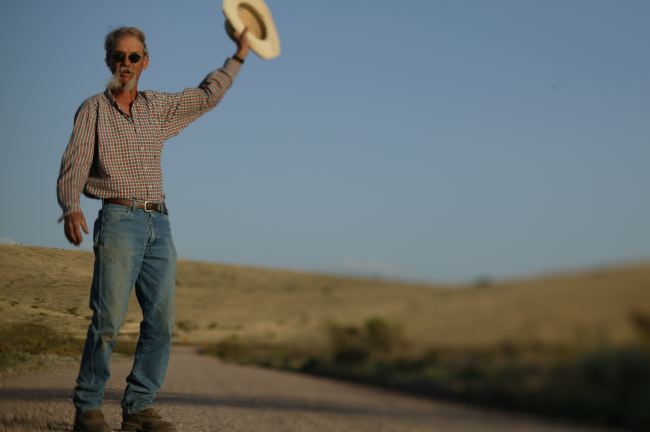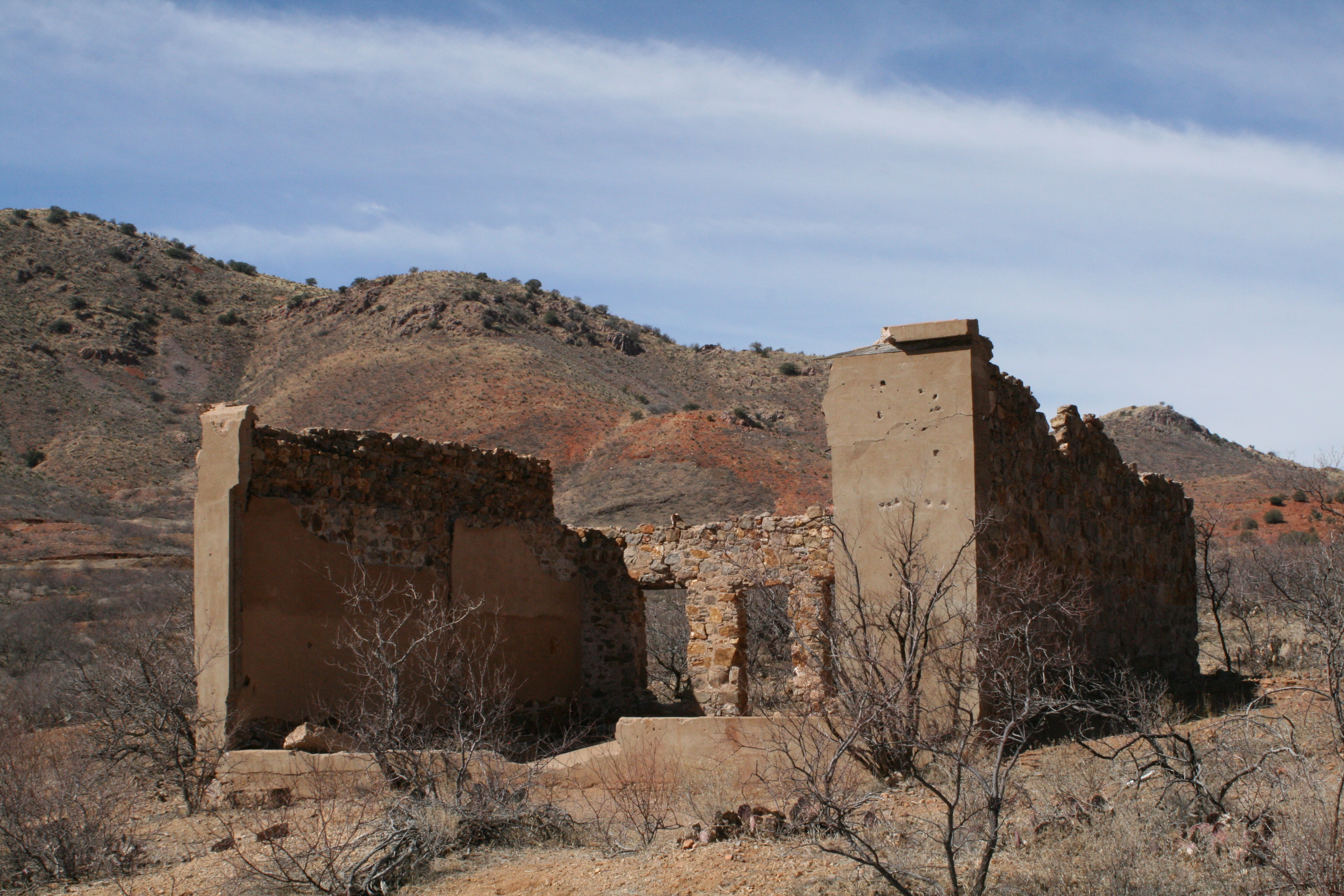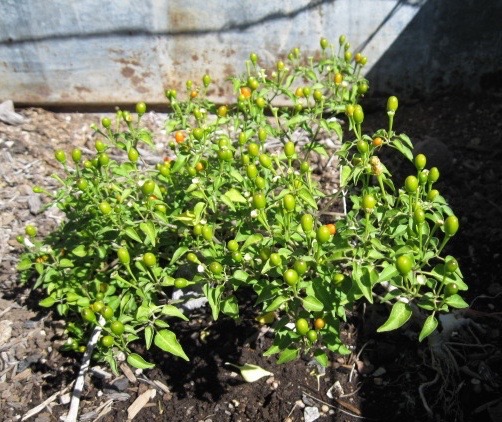When I initially wrote this story I was using Lyman Benson’s The Cactus of Arizona as my reference and the queen of the night cactus was Cereus greggii. A friend gently reminded me that the genus had long been changed to Peniocereus. Okay. So I rerecorded the show with the correct name. That was well over twenty years ago and now the proper name for the night blooming species that we found around our home back then is Peniocereus greggii var. transmontanus. The variety P. greggii var. greggii is found out where we now live in Cochise County and if you wander into western Arizona borderland desert you may come across Peniocereus striatus. For photos of all of the above go to: http://swbiodiversity.org/seinet/index.php and type the name into Search Taxon. Also, if you can find a copy of Lyman Benson’s book, you should nab it. It’s still an incredible resource. And finally, in the book department; anything by Byrd Baylor. Byrd should be required reading for all children and adults that live in the southwest. I love her.

Hoppy’s name is still the same after all these years and this is the story of a favorite dog that all three of our children were lucky enough to know and love. I suspect that Hoppy felt the same. Ms. Mesquitey found me the photos with two of the kids with Hoppy. That’s Sarah and Hoppy, Katy’s little legs with Hoppy and the framed picture; well, that sits on a shelf loaded with family photographs. It’s in the front.



Cenchrus pauciflorus or Sandbur is a grass! It is a maddening weed. But how about the wild Zinnias of the borderlands? There are 3...

Petey cruises dirt roads along the east side of the Dragoon Mountains looking at rubble and plants.

Capsicum annuum var. glabriusculum is thought to be the mother all chiles, because so many cultivars of peppers have come from this wild rascal....